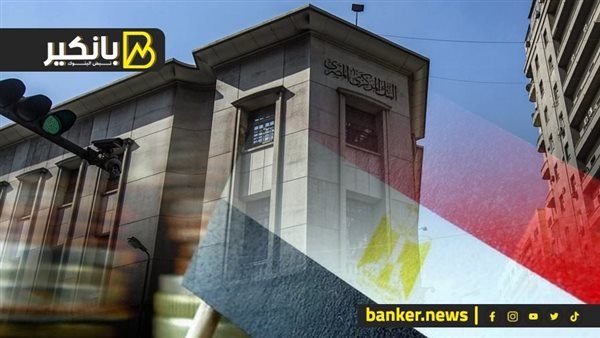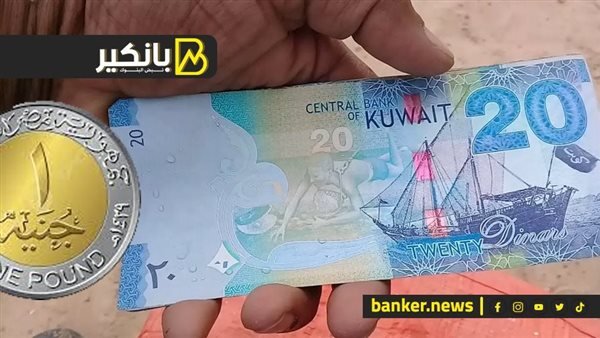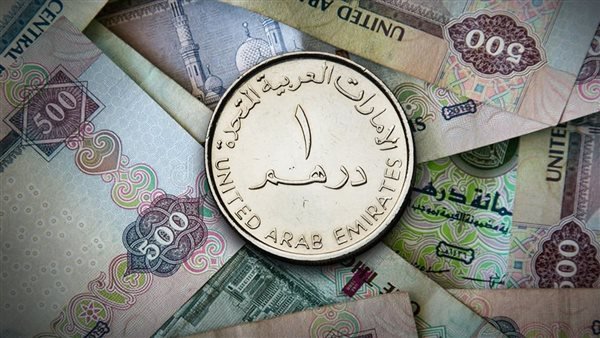
I wonder why Egyptian banks returned again to borrowing from international markets? Does this mean that the economy is improving? Are there any other challenges behind the scenes? More importantly: How will this affect us as Egyptians?
In the past weeks, large Egyptian banks such as Banque Misr and Commercial International Bank have returned to requesting external financing from international financial institutions. Banque Misr alone borrowed a billion dollars from 18 international financial institutions, while Commercial International signed a financing agreement worth 150 million dollars with the International Finance Corporation.
Why do these banks need these loans now? Why after a long period of hiatus?
Financial analysts see that the issue has more than one angle. Firstly, the cost of borrowing in dollars from international markets is much cheaper than borrowing in pounds from the local market. This gives the banks a great advantage in that it increases their profits and also enhances their liquidity in dollars. These loans are not only for internal operations, but also to support trade and import financing, especially since Egypt has needs. Huge supply of imported goods and industry components
To be clear, what is happening is not just “loans and redemption.” This is an important indicator that international institutions have begun to regain their confidence in the Egyptian economy. When institutions like the International Finance Corporation or the European Bank for Reconstruction and Development agree to finance Egyptian banks, this means that they have a positive vision. About the current and future state of the economy
But the question that concerns us here: How will this affect us? Is this the beginning of a real economic recovery?
Experts say that the decline in global interest rates helps Egyptian banks obtain financing at lower costs. The US Federal Reserve has reduced interest rates twice this year, and this opens the way for banks to find cheaper sources of financing. On the other hand, the Central Bank of Egypt is keeping local interest rates high, which is why It makes local loans very expensive
But is this enough?
The situation is still complicated.. Egypt is still facing challenges such as the dollar gap and high inflation rates. Although these financings show some hope, they are not a final solution to all problems. International institutions may be optimistic now, but the continuation of this confidence will depend on the stability of the economy and Egypt’s ability to improve Foreign currency flows
Does this mean that banks will continue to rely on external borrowing in the coming period?
A possibility, especially with continued expectations of a decline in interest rates globally, and at the same time the improvement in the credit rating of Egypt and its financial institutions has helped banks negotiate better terms. For example, the Arab African International Bank issued $500 million in sustainability bonds with funding from international institutions, and Abu Dhabi Islamic Bank – Egypt obtained supporting financing worth $66.92 million from the main shareholder in the Emirates.
In the end, what we are seeing now is a positive step… and the return of Egyptian banks to international markets means that they have confidence in the future of the economy… but is this step alone sufficient for us to feel a real change? The answer requires greater follow-up of economic conditions and the decisions of the government and banks.? Until the picture remains clearer, we will continue to ask: Is this a new beginning? Or just painkillers?



